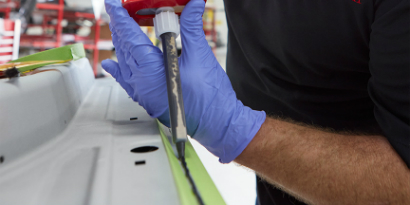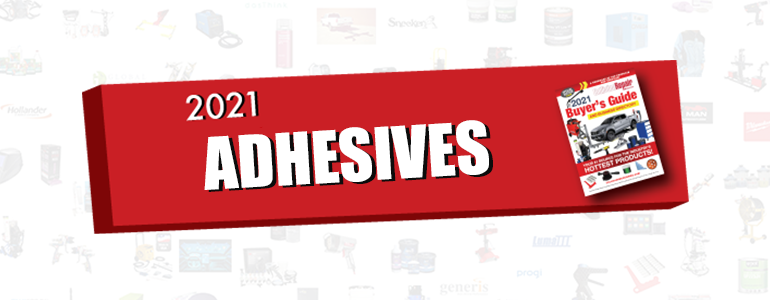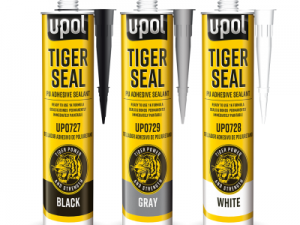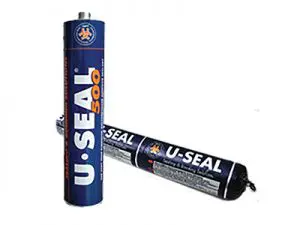STUCK ON GLUE
THE COLLISION SECTOR ENTERS THE ADHESIVE AGE—IS YOUR BUSINESS READY?

It is easy to understand why progressive repairers are frequently averse to the idea of learning about the latest adhesive technology, and its increasing role in making structural repairs. Adhesives have a bad name. Structural repairs are important. Other approaches, like welding seem more reliable. And it was, after all, the use of glue in structural repairs that resulted in the multi-million-dollar judgement against an American repair business in the John Eagle case.
It might be time for progressive repairers to rethink their position though—don’t get us wrong, their skepticism is warranted. If a repair business can bring a vehicle back to pre-accident condition for less money than its competitors, it will thrive. To make such repairs, though, businesses must take advantage of a broad spectrum of procedures as possible—and that includes the use of structural adhesives.
Certainly, mechanical fasteners were, at one point, superior to chemical adhesives in bonding together dissimilar materials. Of course, given the long-term damage caused by rivets, neither were ever particularly successful. Similarly, the cost of replacing broken plastic parts was, for a long time, a more attractive financial option than attempting to fix them. Cost aside, plastic parts could never be truly fixed by adhesives back then—the cracks would be visible to the customers too.
Times have changed. Some modern structural adhesives are capable of bonding together different materials at the molecular level. The inclusion of high-tech superalloys also means that when the heat of a weld could disrupt the structural integrity of a piece of equipment—adhesives are the only option for bonding.
OEMs are already on board with the possibilities offered by high-tech adhesives. In 2020, General Motors used epoxy-based structural adhesives in the Cadillac CT6, allowing it to make use of different steels and aluminum parts without destroying their integrity. Ford’s use of structural adhesives dates back even further, with the F-150s design including epoxy-based structural adhesives by the late 2010s.
Over the next few pages, we showcase several cutting-edge chemical compounds capable of feats you may never have imagined. Get stuck in it!





























